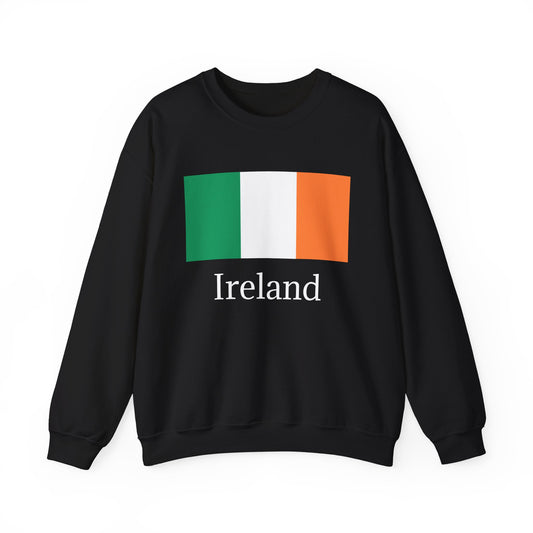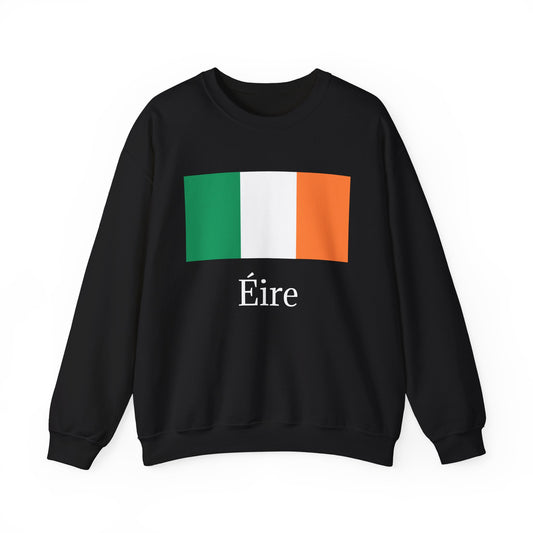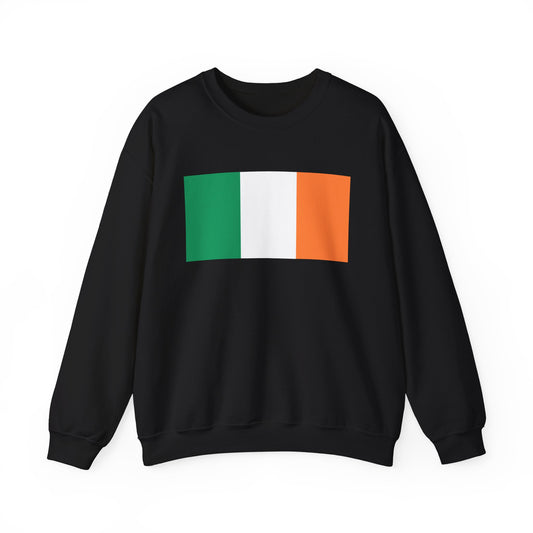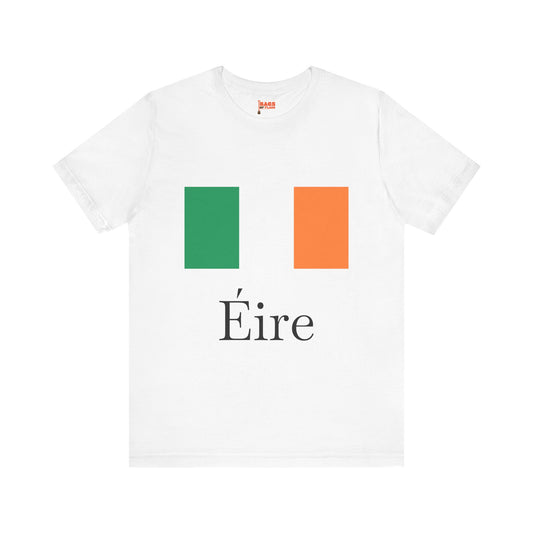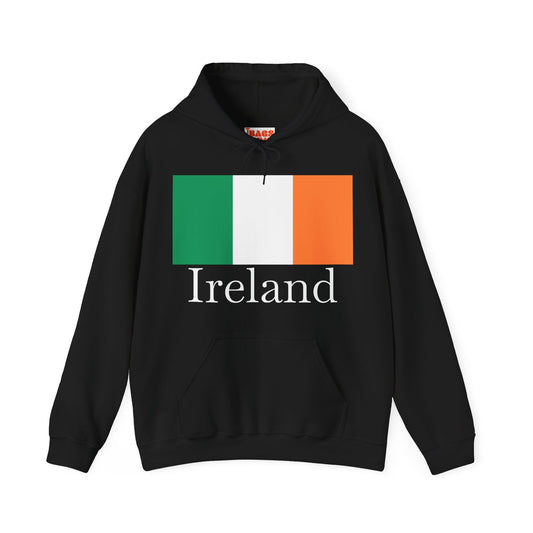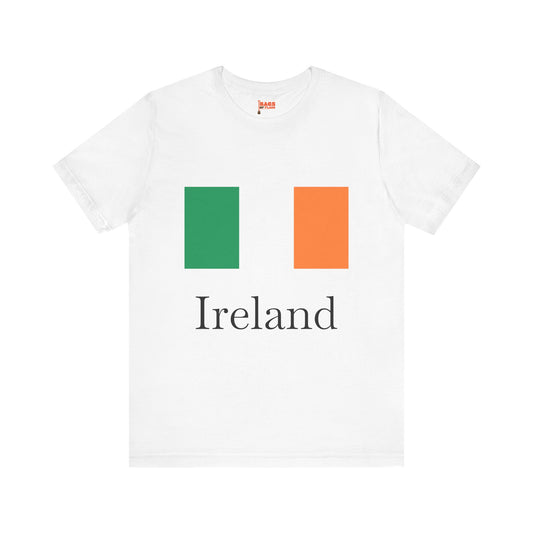-
Ireland Sweatshirt
Regular price $34.15 USDRegular priceUnit price / per -
Éire Sweatshirt
Regular price $34.15 USDRegular priceUnit price / per -
Ireland Flag Sweatshirt
Regular price $34.15 USDRegular priceUnit price / per -
Ireland Pillow
Regular price $22.65 USDRegular priceUnit price / per -
Ireland Backpack
Regular price $59.79 USDRegular priceUnit price / per -
Ireland Leather Patch Hat
Regular price $18.85 USDRegular priceUnit price / per -
Ireland Trucker Cap
Regular price $14.90 USDRegular priceUnit price / per -
Éire Hoodies
Regular price $34.40 USDRegular priceUnit price / per -
Éire T-shirts
Regular price $22.79 USDRegular priceUnit price / per -
Ireland Hoodies
Regular price $34.40 USDRegular priceUnit price / per -
Ireland T-shirts
Regular price $22.79 USDRegular priceUnit price / per -
Ireland Flag Hoodies
Regular price $34.40 USDRegular priceUnit price / per -
Ireland Flag on T-shirt
Regular price $22.79 USDRegular priceUnit price / per -
Ireland Provincial and City Flags
Regular price From $43.20 USDRegular priceUnit price / per
Collection: Ireland
The Irish flag, also known as the flag of Ireland, is highly significant in the country's history and culture. From its design and colors to its symbolism and current relevance, the flag plays a vital role in modern times. We will explore the various aspects of the Irish flag, including its overview, historical context, symbolism, current relevance, and additional facts.
Overview of the Ireland Flag

The national emblem of Ireland comprises a tricolor of three equally sized vertical stripes. These bands of color begin with green positioned closest to the flagpole, followed by white in the center, and conclude with orange on the outer edge. This distinctive arrangement was meticulously chosen to convey a message of unity and peace among the diverse communities within Ireland. Unlike many other national flags that often incorporate symbols, coats of arms, or complex patterns, the Irish flag's strength lies in its simplicity and the powerful symbolism of its colors.
It is designed to be a visual representation of the country's aspirations for harmony among its people, blending each hue's historical and cultural significance into a cohesive and striking banner. The flag’s straightforward yet profound design embodies the spirit of the Irish nation, striving for peaceful coexistence and mutual respect among its varied populace.
Historical Context of the Ireland Flag
Introduced in 1848 by Thomas Francis Meagher during a period of fervent nationalism, the Irish tricolor was inspired by the French Revolution's symbol of liberty and equality. Meagher aimed to encapsulate the vision of a nation where people of different traditions could coexist in peace. Despite its early introduction, the flag did not gain official status until it was raised above the General Post Office in Dublin during the Easter Rising of 1916, an event that marked a significant turning point in the Irish struggle for independence from British rule. This act of defiance and the subsequent proclamation of the Irish Republic imbued the flag with a deep sense of national pride and revolutionary spirit.
The flag's significance evolved in the tumultuous years that followed, including the Irish Civil War and the establishment of the Irish Free State. It was not until the Constitution of Ireland was enacted in 1937 that the tricolor was formally confirmed as the national flag. Throughout its history, the flag has witnessed and symbolized the ongoing quest for peace, a reminder of the country's complex past and its enduring hope for a united future. The enduring relevance of the tricolor's message is a testament to its roots in a period of significant upheaval and aspiration towards inclusive peace and unity among Ireland's diverse communities.
Symbolism Behind the Ireland Flag

The tricolor stripes of the Ireland flag embody a robust and aspirational narrative of unity and peace. Each hue carries a distinct significance: the green stripe represents the island's native Gaelic population and its long-standing quest for independence, embodying the nationalist cause and the rich history of Irish culture and struggle. Opposite the green, the orange stripe reflects the history and heritage of the Irish Protestant minority, traditionally associated with supporters of William of Orange.
It symbolizes the inclusion of this community within the fabric of the nation, highlighting the diversity of Irish society. Bridging these two traditions is the central white stripe, symbolizing the aspiration for peace and concord between these historically divided communities. Its placement and color are a testament to the ideal of a unified Ireland, where differences are tolerated and embraced to form a cohesive and inclusive national identity. This symbolism is a reminder of the ongoing efforts towards reconciliation and mutual understanding in Ireland, encouraging a future where unity is achieved through respect and cooperation.
Current Relevance of the Ireland Flag
Today, the Ireland flag is more than a national emblem; it's a vibrant part of everyday life and a constant at significant public occasions, symbolizing unity and national identity. It graces the presence of international diplomatic meetings, flies proudly at sports events representing Irish teams, and is central to cultural and military celebrations, echoing the pride of the Irish people in their heritage and sovereignty. The flag's appearance during these events underscores its role in fostering a sense of community and belonging among Irish citizens at home and abroad.
Moreover, its symbolism inspires discussions about peace and reconciliation in contemporary Ireland, reflecting the nation’s ongoing journey toward unity. Despite facing occasional scrutiny and calls for change, the flag's enduring presence in public life exemplifies its importance to the Irish identity, illustrating the deep emotional and historical ties that bind the people to their flag. Its widespread use today demonstrates the flag's adaptability and the continuing relevance of its message of peace and unity in the modern era.
Additional Facts About the Ireland Flag
When displaying the flag vertically, it's crucial to position the green band to the viewer's left to maintain the flag's symbolic integrity. Careful handling ensures the flag's dignity; thus, it must never contact the ground. In moments of national mourning or to honor the passing of esteemed individuals, the flag is solemnly flown at half-mast, signaling the nation's collective grief and respect. Interestingly, the flag distinguishes itself globally by omitting blue, a common choice in many other national symbols.
This choice further emphasizes the unique Irish identity and the historical and cultural significance of the green, white, and orange colors. Additionally, protocols for the flag’s display and handling are guided by a deep-seated respect for the emblem’s significance, underscoring the reverence with which the flag is treated in public and private spaces across Ireland. These practices reflect not only a commitment to maintaining the flag's physical appearance but also an acknowledgment of its profound symbolic weight and the ideals it embodies for the Irish people and their shared future.


